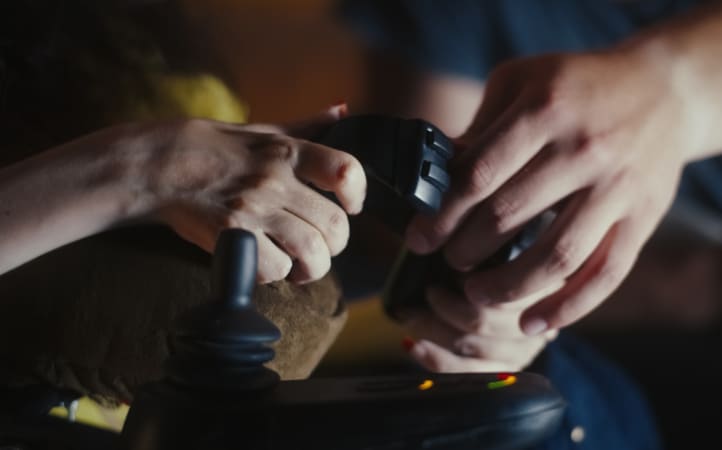In an increasingly digital focused world, access to technology is no longer a luxury, it’s a necessity. From applying for jobs to accessing healthcare, education, and government services, being connected can determine someone’s ability to fully participate in society at ease. Yet, millions around the world still face barriers to the digital world.
Digital inclusion aims to ensure that everyone, regardless of age, income, ability, or geography, has equal access to digital technologies and the skills to use them effectively.
In this blog we will explore why this matters and ways initiatives are reducing the barriers people face with technology.
























